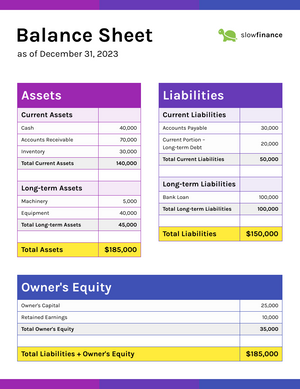Introduction to Analysis of Accounts and Profitability Ratios (23.1)
- Thiago Casarin Lucenti
- Sep 19
- 3 min read
Chapter 23 - Analysis of Accounts
Lesson Objective: To understand the various profitability ratios available
You should know by know the meaning of the term shareholders' equity (a.k.a. owners' equity). I am sure you are also familiar with the concepts of revenue and profit.
With that in mind, which of the companies below would you rather have your money on?

Company Y has much higher revenue (60% more) and profit (30% more) numbers.
However, their total equity is 6x higher than Company X - meaning that they have a much larger amount of shareholders and shares out there.

The profit of Company Y, although higher, will be divided among many more shares than that of Company X.
Interpreting accounting data needs to be done carefully!
Activity 23.2 (p. 284)
There are various ratios that we can use to assist our understanding of financial data, some of which are profitability related ratios such as:
Gross Profit Margin
Profit Margin
Return on Capital Employed
And some of which are liquidity related ratios, such as:
Current Ratio
Acid-Test-Ratio
All these ratios are there to assist our understanding of the different Financial Statements:
Financial Statements alongside Financial Ratios are used by businesses to identify strengths and weaknesses of their strategies, track whether or not objectives are being met, and aid on the improvement of the business performance.
Profitability is a good measure of performance;
Liquidity relates to the effectiveness of cash management by the business - also important for performance;
Balance Sheet and Income Statements should, therefore, be analyzed with the assistance of ratios for a better understanding of profitability and liquidity.
Gross Profit, as we know, is the simple difference between revenue and the cost of making/selling a product:

The Gross Profit Margin, therefore, measures how much gross profit is earned for each $1 of revenue made:

The results of the Gross Profit Margin are influenced by revenue and COGS. Therefore, in order to improve Gross Profit Margin, companies can:
Increase Revenues:
- Increase revenues without increasing COGS (e.g. increase prices);
- Needs to be done carefully as sometimes increase in prices may lead to loss of sales;
Reduce Cost of Sales:
- Trying to use cheaper supplies;
- More efficient production methods;
- While still keeping the same revenue.
The calculation of Net Profit is a little different as it considers Total Costs:

Therefore, the Net Profit Margin will show profit as a percentage of revenue:
This result tells us that for every $1 of revenue/sales we earned $0.06 of profit.
This is a specially important ratio as it shows the business efficiency of turning revenues into profits. Businesses should also aim to improve Net Profit Margin:
Improving Gross Profit Margin will positively impact on the Net Profit Margin:
- COGS are a part of total costs;
Reducing total costs and expenses.
Gross Profit Margin and Profit Margin are used to measure how well a business adds value to its products/services as well as how efficiently it controls its costs.
Activity 23.3 (p. 286)
Finally, Return on Capital Employed (ROCE): shows the profit before taxes as a percentage of capital employed.
It answers the question: how much profit is earned for every $1 invested in the business?

Let's look at an example:

ROCE = Earnings Before Taxes / Capital Employed
ROCE (2012) = $63,000 / $120,000
ROCE (2012) = 52.5%
For each $1 of capital invested the business manages to return $0.525
To-Do-List:
Activity 23.4 (p. 287)
Chapter 23 - Analysis of Accounts











Comments